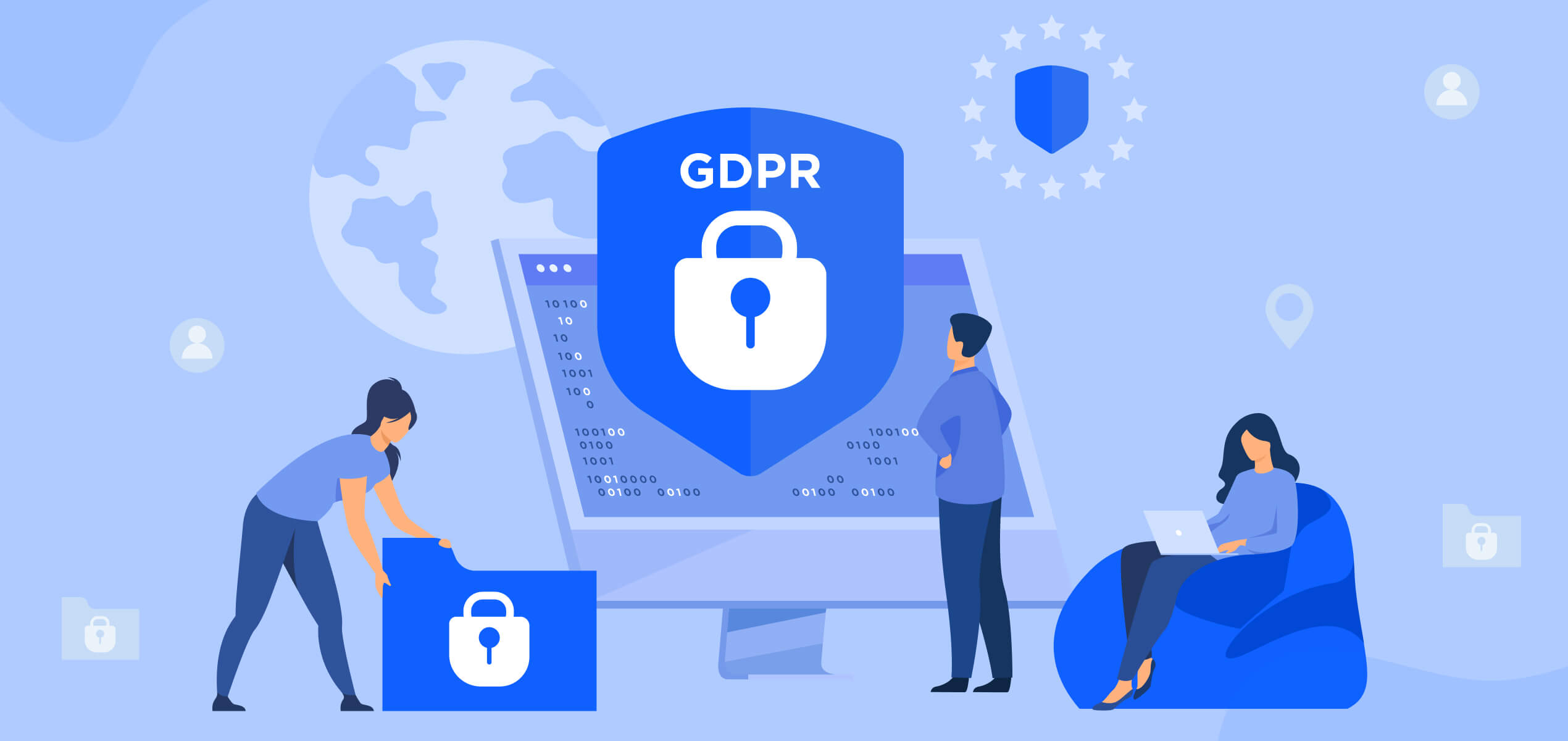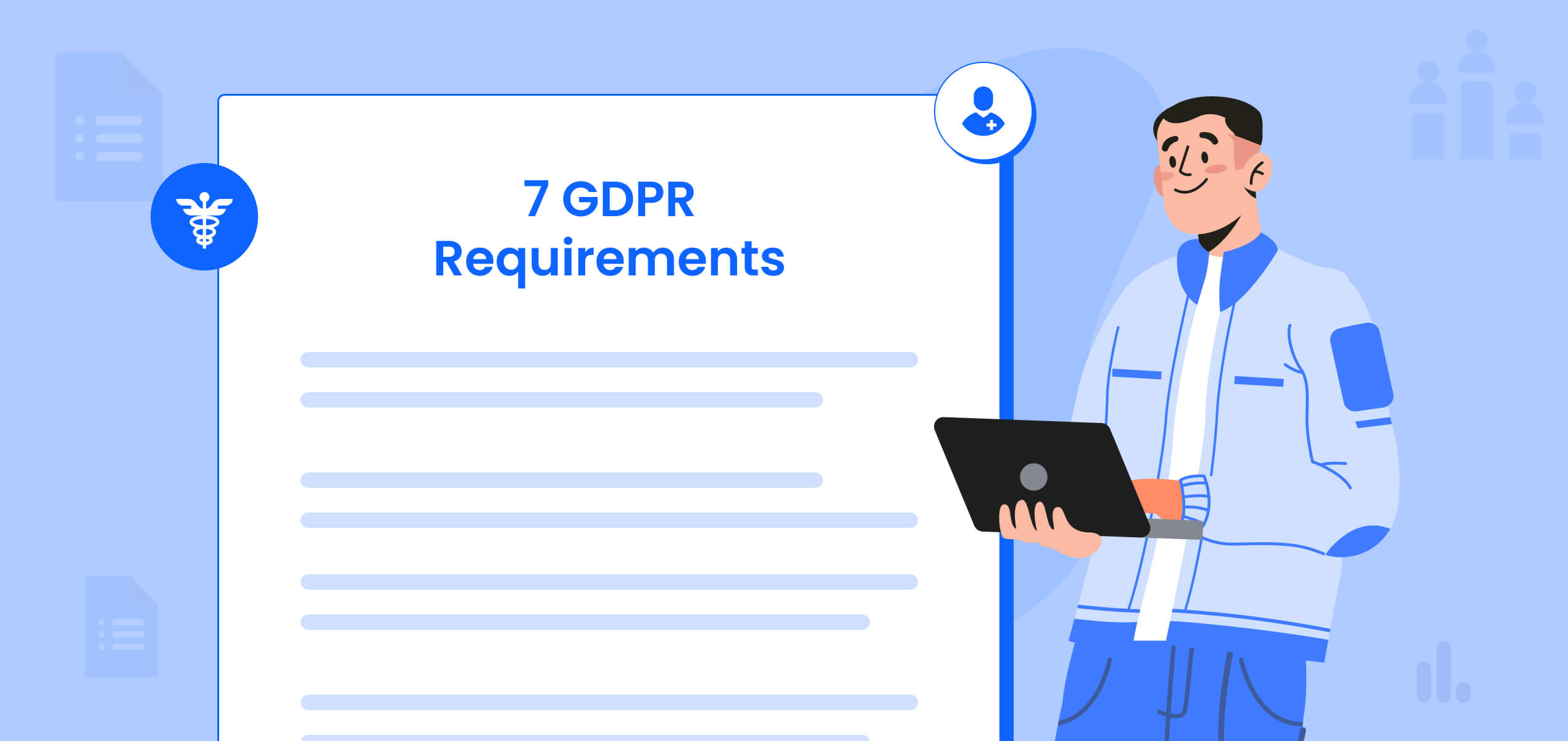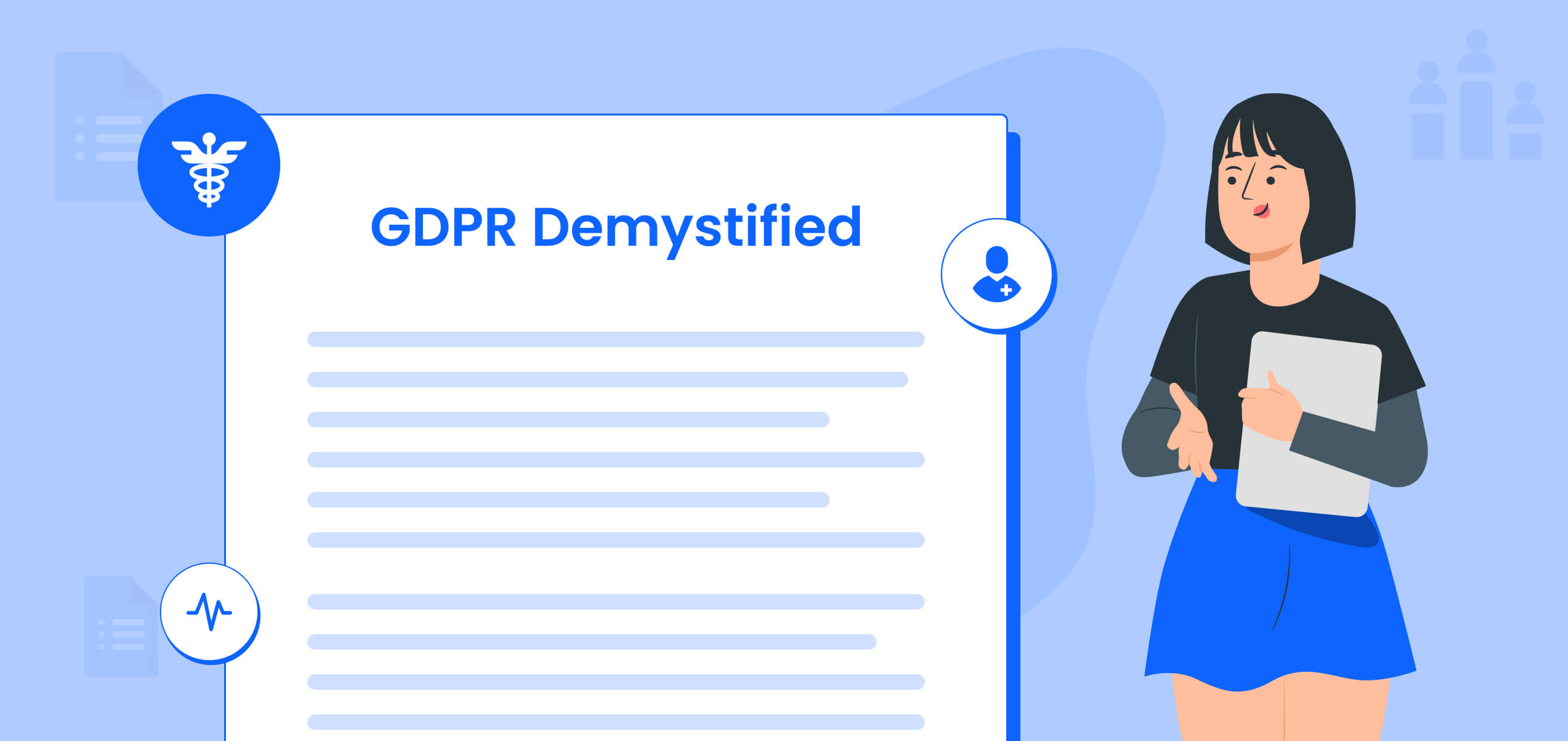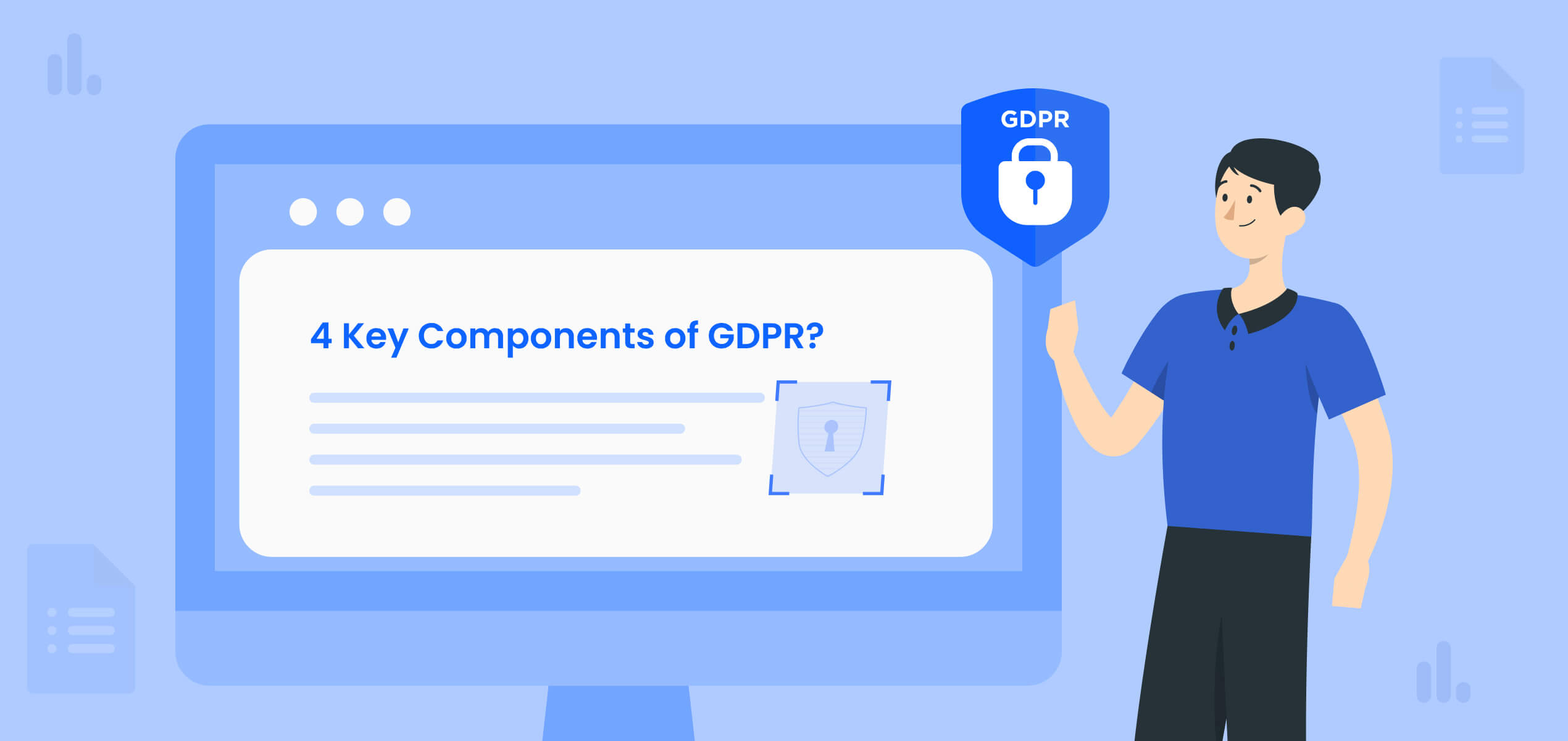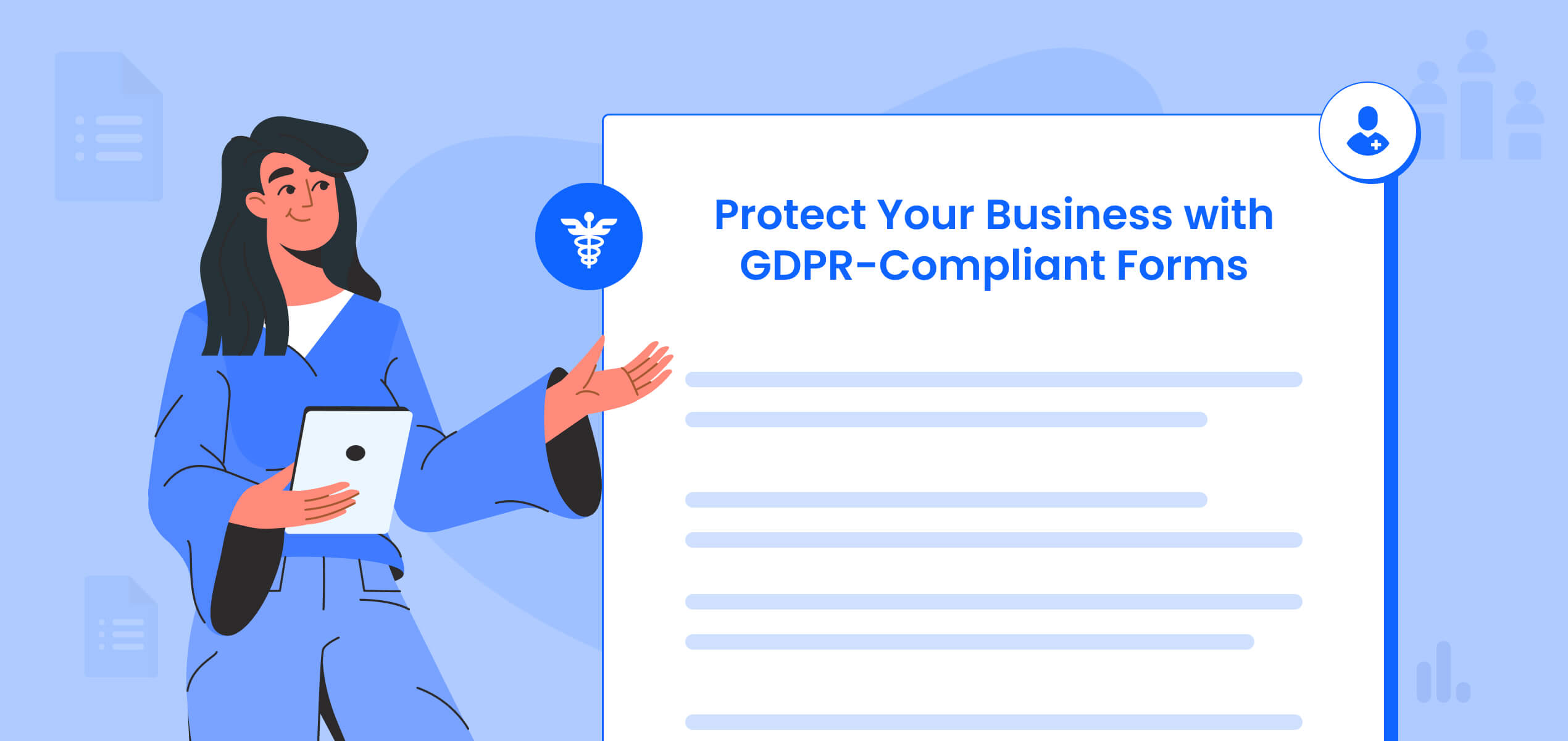For founders, navigating the maze of product development and marketing is already challenging, but throw GDPR into the mix, and it can feel like an entirely new ballgame.
You could be launching a startup or scaling up, understanding data privacy laws like GDPR and how they influence the way businesses operate, especially in product development and marketing, has to be grasped right from the start.
Understanding GDPR
The General Data Protection Regulation (GDPR) is a comprehensive data protection law introduced by the European Union in 2018. It governs how businesses collect, process, and store personal data of EU citizens, with the aim of safeguarding individuals’ privacy. GDPR’s scope is far-reaching, applying to any organization that processes the personal data of EU residents, regardless of the company’s location.
Why Founders Need to Care
For startups and established businesses alike, GDPR compliance is a legal requirement and a strategic imperative. Non-compliance can lead to huge fines, criminal charges, reputational damage, and loss of customer trust.
But a more positive outlook is that integrating GDPR components into your business strategy enhances transparency and fosters stronger relationships with your audience, knowing you are being responsible with their data.
Key GDPR Components Founders Must Know
1. Data Collection and Consent
One of the fundamental GDPR components is the requirement for clear and explicit consent. Businesses must:
- Clearly explain what data is being collected and for what purpose.
- Obtain affirmative action from users, such as checking a box or clicking an opt-in button.
- Provide an easy way for users to withdraw consent at any time.
2. Data Minimization and Purpose Limitation
GDPR mandates that businesses collect only the data they genuinely need. This principle ensures that personal data is used solely for the stated purpose and reduces the risk of misuse.
3. User Rights
GDPR empowers individuals with several rights, including:
- Right to Access: Users can request details about their personal data held by a business.
- Right to Rectification: Users can correct inaccurate or incomplete data.
- Right to Erasure: Also known as the “right to be forgotten,” users can request data deletion under certain conditions.
4. Data Security
Founders must implement robust security measures to protect personal data from breaches. This includes encryption, regular audits, and ensuring third-party vendors comply with GDPR requirements.
GDPR Compliance in Product Development
Incorporating GDPR into your product development process is needed to seamlessly integrate privacy by design and data protection into your product from the start. Here’s detailed cheatsheet with actionable steps you can take while building your product.
| GDPR Compliance Area | Description | Actionable Tips |
|---|---|---|
| Privacy by Design | Embedding privacy into your product development process from the beginning is essential for GDPR compliance. |
|
| Data Minimization | Collect only the minimum amount of data necessary for the intended purpose, in line with GDPR’s data minimization principle. |
|
| Data Security | Protect personal data from breaches through strong security practices, including encryption and regular vulnerability checks. |
|
| User Rights Management | GDPR gives individuals the right to access, rectify, and erase their data. Founders need to ensure these rights are respected. |
|
| Consent Management | Consent is a cornerstone of GDPR. Founders must implement clear and effective consent management processes. |
|
| Third-Party Vendor Compliance | Ensure that any third-party tools or vendors used in your product development are also GDPR-compliant. |
|
| Transparency in Communication | Founders must be transparent with users about how their data is collected, used, and shared. |
|
GDPR Compliance in Marketing
Marketing under GDPR is about creating trust and transparency with your audience. Here’s how to navigate the complexities of GDPR compliance while keeping your marketing strategy effective and customer-friendly:
| GDPR Compliance Area | Description | Actionable Tips |
|---|---|---|
| Transparent Communication | Marketing strategies should prioritize transparency when collecting user data. Avoid legal jargon and provide clear explanations about how data will be used. |
|
| Consent Management | Managing user consent is essential for activities like email campaigns and targeted ads. Implement tools that allow users to manage their consent preferences easily. |
|
| Monitor Third-Party Tools | Many marketing activities involve third-party platforms for analytics, advertising, and customer engagement. Ensure these platforms comply with GDPR. |
|
Product Development GDPR Compliance Tools:
- OneTrust: Privacy management platform for data mapping, DPIAs, and consent management.
- TrustArc: Provides risk assessments, audits, and tools for managing data subject rights.
- VeraSafe: Helps with privacy audits, data protection programs, and international data transfers.
- BigID: Automates data discovery, classification, and mapping for GDPR compliance.
Marketing GDPR Compliance Tools:
- MakeForms: Form builder that helps collect GDPR-compliant data and manage consent easily.
- Mailchimp: Provides GDPR-compliant forms and features to help manage opt-ins and user data.
- GDPR Cookie Consent: Ensures your website complies with cookie consent requirements and user tracking preferences.
- HubSpot: Offers GDPR compliance features for marketing, including opt-in forms and data privacy tools.
Founders, Turn GDPR Into Your Growth Game Plan
By adding GDPR compliance to your business foundation, you can handle data protection smoothly while growing and innovating. Give MakeForms’ free trial a go here!
FAQs
GDPR (General Data Protection Regulation) is a European Union law designed to protect personal data. It affects businesses globally that handle EU citizens’ data. Founders need to comply to avoid fines, legal issues, and damage to reputation.
GDPR requires founders to integrate privacy by design, conduct Data Protection Impact Assessments (DPIAs), ensure data minimization, and uphold user rights like access and erasure. This impacts how products are built from the ground up to protect user data.
Marketing must be transparent, ensuring clear communication of how user data is collected and used. Managing user consent is key, especially for email campaigns and ads. It’s also critical to monitor third-party tools to ensure they comply with GDPR.
For Product Development: Tools like OneTrust, TrustArc, VeraSafe, and BigID assist with privacy management, audits, and data mapping.
For Marketing: Use MakeForms, Mailchimp, HubSpot, and GDPR Cookie Consent to manage opt-ins, consent forms, and data privacy.
